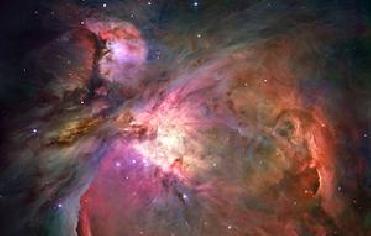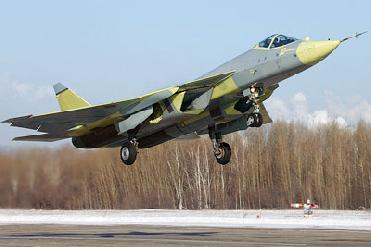
Astronomers caught a glimpse of a future star just as it is being born out of the surrounding gas and dust, in a star-forming region similar to the one pictured above. Photo: NASA, ESA.
WASHINGTON (BNS): Astronomers have glimpsed what could be the youngest known star at the very moment it is being born.
Astronomers from Yale University, the Harvard-Smithsonian Center for Astrophysics and the Max Planck Institute for Astronomy in Germany -- found the object using the Submillimeter Array in Hawaii and the Spitzer Space Telescope.
The object is in the earliest stages of star formation and has just begun pulling in matter from a surrounding envelope of gas and dust.
The object is known as L1448-IRS2E, and is located in the Perseus star-forming region, about 800 light years away within our Milky Way galaxy, according to a news report by the Yale University.
"It's very difficult to detect objects in this phase of star formation, because they are very short-lived and they emit very little light," Xuepeng Chen, a postdoctoral associate at Yale and lead author of the study paper, was quoted as saying in the report.
Astronomers has also discovered that the object is ejecting streams of high-velocity gas from its center, confirming that some sort of preliminary mass has already formed and the object has developed beyond the prestellar phase. This kind of outflow is seen in protostars (as a result of the magnetic field surrounding the forming star), but has not been seen at such an early stage until now.
The team hopes to use the new Herchel space telescope, launched last May, to look for more of these objects caught between the earliest stages of star formation so they can better understand how stars grow and evolve.
 Previous Article
Previous Article Next Article
Next Article












The Indian Air Force, in its flight trials evaluation report submitted before the Defence Ministry l..
view articleAn insight into the Medium Multi-Role Combat Aircraft competition...
view articleSky enthusiasts can now spot the International Space Station (ISS) commanded by Indian-American astr..
view article